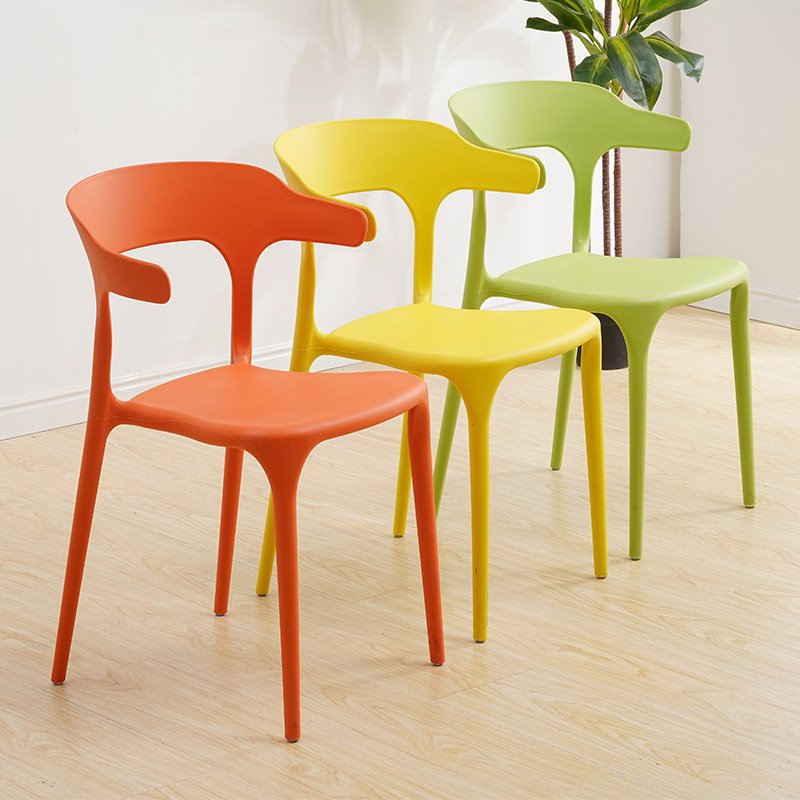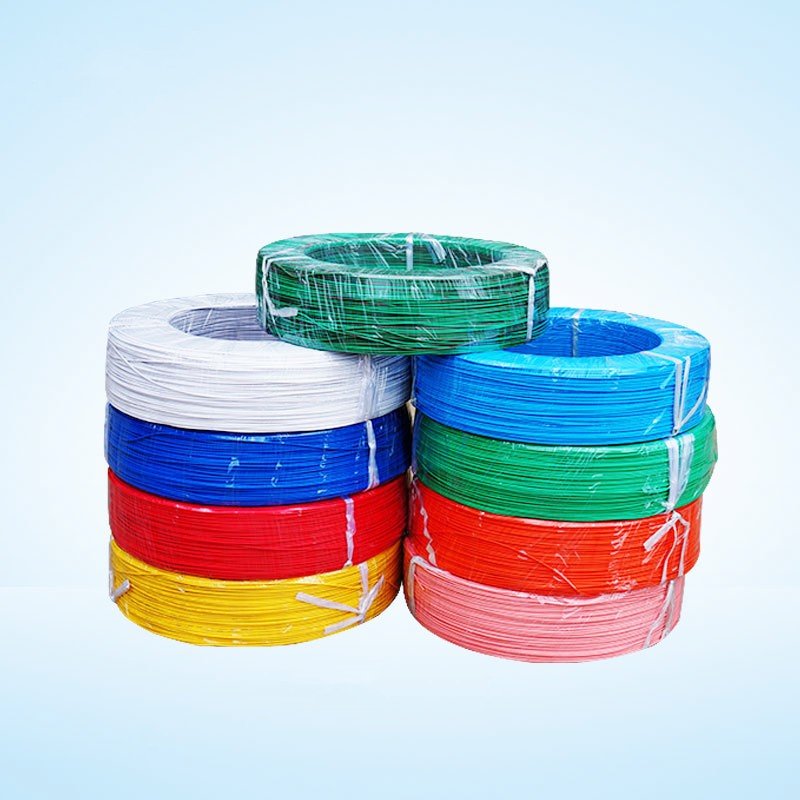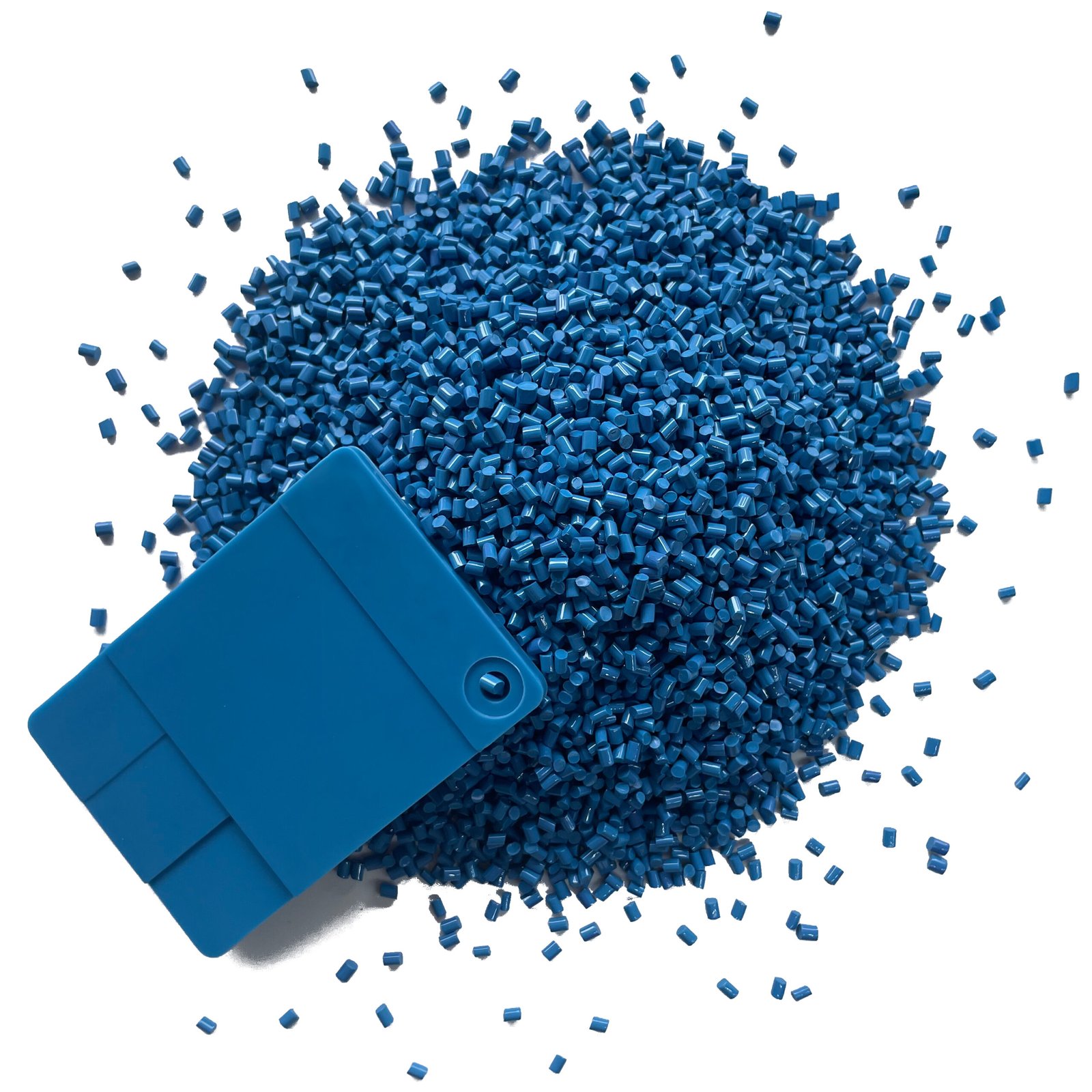
WE SPECIALIZE IN HIGH-QUALITY MASTERBATCHES CUSTOMIZATION FOR 16+ YEARS
We continuously strive to innovate and improve our manufacturing processes, ensuring that our masterbatches meet the highest standards. Trust us to provide you with the best solutions for your masterbatch needs.
Color Masterbatch
Color masterbatch is an additive, usually used to manufacture plastic products, such as plastic bags, plastic containers, pipes, etc. They are small particles mixed with polymers, additives, and pigments. Plastic products of different colors can be formulated according to needs. Color masterbatch has good heat and light resistance, which can improve the durability and aesthetics of plastic products.With our advanced technology and expertise, we have developed a wide range of color options to suit your specific needs. Whether you are in the plastics, textiles, or packaging industry, our Color Masterbatch is designed to deliver exceptional results.
Additional information
| Color | Red, Orange, Yellow, Green, Cyan, Blue, Purple, Customized Color |
|---|---|
| Carrier | PE, PP, PC, TPU, ABS, EVA, PA, PET, TPE, PS, PTFE, PLA, PBT, POM, HIPS, PVC |
| Process | Film Blowing, Injection Molding, Blow Molding, Extrusion, Casting, Roto Molding, Thermoforming |
Product Details | Color Masterbatches
Product Description
Color masterbatch is a concentrated mixture of pigments or dyes, carrier resin, and other additives that are used in the plastics industry to add color to plastic products. It is added to the base plastic resin in specific proportions to achieve the desired color.
Our color masterbatch is widely used in various industries such as packaging, automotive, construction, electronics, and more. It offers several benefits over other coloring methods, including better dispersion of color, consistent and uniform coloration, ease of handling and dosing, and cost-effectiveness.
By using color masterbatch, manufacturers can easily incorporate vibrant and consistent colors into their plastic products without the need for extensive color matching or blending. It allows for precise control over the color intensity and shade, ensuring the desired aesthetic appeal of the final product.
Our masterbatch is available in a wide range of colors, including standard colors, metallic shades, fluorescent colors, and custom colors. It can be tailored to meet specific requirements such as heat resistance, UV stability, and food contact safety.
Overall, color masterbatch plays a crucial role in the plastics industry by providing a reliable and efficient way to add color to plastic products, enhancing their visual appeal and marketability.
Specification
| Product Name | Customized Color Masterbatch / Universal Color Masterbatch |
| Carrier/ Compatibility | PP PE PA PC PVC PS LDPE LLDPE HDPE TPU ABS EVA PET TPE PA PS PTFE PLA PBT POM HIPS etc. |
| Forming Technology | Film Blowing, Injection Molding, Blow Molding, Extrusion, Casting, Roto Molding, Thermoforming, Compounds Modification, Plate/Pipe/Sheet |
| Color | blue red yellow green purple or customized color |
| Dosage Ratio | 1%-5% |
| Appearance | Granule Pellets |
| Grain Size | 2.5-2.8mm |
| Pigment Content | 20-60% |
| Light Resistance | Grade 7 |
| Heat-Resistant | 180-250℃ |
| Density | 1.2~1.7g/cm |
| Melting Point | 210-220℃ |
| Weathering(level) | 4-6 |
| MFI | 10g-30g/10min |
| Color Intensity | 95-105% |
| Dosage Ratio | ≤0.5 |
| Migration Resistant(level) | 6-8 |
| Dispersal | ≤3 |
| Moisture Rate | <0.1% |
| Certificate | ISO9001 SMDS |
| Materials | Customized according to the client’s requirements |
| Keyword | customized color masterbatch |
| Package | 25kg per package, Kraft Paper Bag with a carton |
| Customization | Materials can be customized with specific properties including glass fiber, carbon fiber, flame retardant, UV resistance, heat resistance, laser additive, toughness, MOS2, PMMA, and conductive materials. |
Take Your Business to The Next Level
With our advanced technology and expertise, we have developed a wide range of color options to suit your specific needs. Whether you are in the plastics, textiles, or packaging industry, our Color Masterbatch is designed to deliver exceptional results.
Color Masterbatch | Application
Color masterbatch is widely used in various industries such as packaging, automotive, construction, electronics, and more. It offers several benefits over other coloring methods, including better dispersion of color, consistent and uniform coloration, ease of handling and dosing, and cost-effectiveness.

PP/HDPE/PET Color Masterbatch for Daily Necessities Packaging

PP/PS Color Masterbatch for Plastic Homewares and Furniture

PLA/TPU/ABS Color Masterbatch for 3D Printing

TPU Color Masterbatch for Livestock Ear Tags

EVA Color Masterbatch for Sporting Equipments

PA6/PA66 Color Masterbatch for Power Tool Housing

ABS Color Masterbatch for large electrical, medical, and beauty equipment casings

PVC/PE/TPU/TPE/TPR Color Masterbatch for Wires and Cable

PE Color Masterbatch for Shopping Bags & Garbage Bags

PVC/ABS/PP/PC /EVA/PU/TPR Color Masterbatch for Toys

PVC/ABS/PE/PC Color Masterbatch for Pipes

PA/ABS/PP/PBT Color Masterbatch for Electronics

BENEFITS & PROPERTIES OF MASTERBATCHES FOR THE PLASTICS SECTOR
- Enhanced Aesthetics
- Cost-Effective Solution
- Customization
- Consistency and Uniformity
- Ease of Use
- Optimized thermal stability
- Improved UV Resistance
- Greater production flexibility
- Improved Product Identification
- Environmental Benefits
Frequently Asked Questions
- Color detection: Add 1% or 2% of carrier raw materials in the appropriate ratio. Inject the mold at a temperature of 170°C-190°C to achieve sheets that are 2.5mm thick (the temperature may vary depending on the raw materials). Compare the color with the provided sample. Utilize a colorimeter for testing light colors. Make comparisons and adjustments under favorable lighting conditions for dark colors, relying on experience.
- The dispersion is compressed into a film using the same proportion and temperature, and the quantity of pigment particles is observed.
Color masterbatch is not inherently toxic. However, the toxicity of a color masterbatch depends on the specific ingredients used. Some color masterbatches may contain toxic substances like heavy metals or harmful additives. It is important to choose color masterbatches that comply with safety regulations and standards to ensure they are not toxic when used in different applications.
When choosing the appropriate color masterbatch for purchase, consider the following factors:
- Compatibility: Ensure that the color masterbatch is compatible with the base plastic you are using. It should be able to blend well with the base plastic without causing any adverse effects on its properties.
- Color accuracy: Check if the color masterbatch can achieve the desired color accurately. Request color samples or color swatches to compare with your desired color.
- Concentration: Determine the desired color concentration or opacity level required for your application. Different color masterbatches may have different recommended dosage levels, so choose one that matches your requirements.
- Performance requirements: Consider the specific performance requirements of your product, such as UV resistance, heat resistance, or chemical resistance. Ensure that the color masterbatch meets these requirements without compromising the overall performance of the product.
- Quality and safety: Verify that the color masterbatch meets relevant quality and safety standards. Check if it has been tested and certified by reputable organizations or if it complies with industry standards.
- Supplier reputation: Choose a reliable and reputable supplier or manufacturer for your color masterbatch. Look for suppliers with a good track record, positive customer reviews, and a strong commitment to quality and customer satisfaction.
- Technical support: Consider the availability of technical support from the supplier. A supplier who can provide assistance with color matching, formulation recommendations, and troubleshooting can be valuable in ensuring the success of your color masterbatch application.
By considering these factors, you can choose the appropriate color masterbatch that meets your specific requirements and ensures the desired color and performance in your end product.
Mottling and watermarks can occur in color masterbatches during use due to various factors such as improper dispersion, inadequate mixing, or incompatible resin and colorant combinations. To avoid these issues, the following steps can be taken:
- Ensure proper dispersion: Proper dispersion of the color masterbatch is essential. This can be achieved by using suitable processing equipment and techniques, such as high-shear mixing or extrusion processes, to ensure thorough dispersion of the colorant in the resin.
- Optimize mixing parameters: Proper mixing parameters, including temperature, mixing time, and speed, should be optimized to ensure uniform distribution of the colorant throughout the resin matrix.
- Compatibility testing: Before using a color masterbatch, it is important to conduct compatibility testing to ensure that the colorant is compatible with the resin. This can help identify any potential issues that may arise during processing and avoid mottling or watermarks.
- Proper selection of colorants: Choosing colorants that are compatible with the resin and have good heat stability and dispersibility can help minimize the occurrence of mottling and watermarks.
- Proper processing conditions: Maintaining consistent processing conditions, such as temperature and pressure, can help prevent mottling and watermarks by ensuring uniform melting and mixing of the color masterbatch.
By following these guidelines, it is possible to minimize or eliminate mottling and watermarks in color masterbatches during use.
- Choose a compatible color masterbatch for base plastic, considering the desired color and performance. Ensure color masterbatch meets quality and safety standards.
- Proper dosage: Determine the correct amount of color masterbatch based on product needs and desired color concentration. Excessive masterbatch can harm product performance or cause processing issues.
- Uniform mixing is crucial before adding the color masterbatch to ensure even dispersion throughout the plastic matrix. Use appropriate equipment and processes for achieving uniform mixing.
- Control processing conditions: regulate temperature, pressure, and speed to ensure even melting and dispersion of color masterbatch in plastic. Improper processing temperature can impact color dispersion.
- Conduct compatibility testing to ensure compatibility between color masterbatch and base plastic, identifying any potential issues and avoiding adverse effects or performance problems in the final product.
- Consider the stability of color masterbatch: Some may discolor or degrade from light, heat, or chemicals. When choosing, consider its resistance to light, heat, chemicals, and overall stability.
By following these points, the proper use of color masterbatches can be ensured, resulting in products with the desired color and performance.
- Cost-effective: Color masterbatch allows for precise color control, reducing the need for expensive pre-colored resins. It is more economical to use masterbatch and add it to a neutral base resin to achieve the desired color.
- Customization: Color masterbatch offers a wide range of color options and allows for easy customization. Different shades and hues can be achieved by adjusting the masterbatch concentration, providing flexibility in meeting specific color requirements.
- Consistency: Masterbatch ensures color consistency throughout the production process. It eliminates color variations that can occur due to variations in raw materials or processing conditions, resulting in a more uniform and consistent final product.
- Ease of use: Masterbatch is easy to handle and incorporate into the production process. It can be easily blended with the base resin using standard mixing equipment, making it convenient for manufacturers.
- Reduced inventory: By using color masterbatch, manufacturers can reduce the need to stock a wide range of pre-colored resins. Instead, they can keep a smaller inventory of neutral base resins and use different masterbatches to achieve the desired colors.
- Improved quality control: Masterbatch allows for better quality control as it provides a consistent color formulation. This helps in avoiding color variations and defects in the final product, ensuring higher quality standards.
- Flexibility: Color masterbatch can be used in various plastic processing methods such as injection molding, blow molding, and extrusion. It is compatible with different types of resins, making it versatile and suitable for a wide range of applications.
- UV stability: Some color masterbatches are specifically formulated to provide UV stability, protecting the plastic product from fading or discoloration when exposed to sunlight or other UV sources.
Overall, the use of color masterbatch offers cost savings, customization options, consistency, ease of use, improved quality control, flexibility, and UV stability, making it a preferred choice for coloring plastics in various industries.
Before color matching, understand the product’s purpose and identify the material (PP, PE, or PVC). Then, analyze the color of the plastic product.
- Assessing plastic product usage and application environment. Considering masterbatch temperature during processing for color matching.
- Color matching is based on the resin properties of plastic products. The composition of polyethylene and polypropylene, if used, varies. When matching colors, consider color, gloss, transparency, heat resistance, aging resistance, and resin strength.
- After the initial steps, we match the plastic color. Consider plastic properties and pigment criteria like safety and eco-friendliness. Choose suitable pigments for color matching based on these requirements.
In addition, masterbatch color matching must follow three principles: less colorant, similar performance, and avoiding complementary colors.
Color masterbatch can be used with a wide range of plastic materials. It is compatible with most thermoplastics, including polyethylene (PE), polypropylene (PP), polyvinyl chloride (PVC), polystyrene (PS), acrylonitrile butadiene styrene (ABS), and many others. However, it is important to consider the specific characteristics and melt temperatures of the plastic material to ensure compatibility with the chosen masterbatches. Different masterbatches may be formulated for specific types of plastics to achieve optimal color dispersion and performance. Therefore, it is recommended to consult with the masterbatch manufacturer or supplier to determine the appropriate masterbatch for a particular plastic material.
While color masterbatch offers numerous advantages, there are a few limitations to consider:
- Color limitations: While Color Masterbatch provides a wide range of color options, there may still be limitations in achieving certain shades or specialized effects. Some colors may be more challenging to achieve, especially when working with transparent or translucent plastics.
- Color consistency: While color masterbatch ensures consistency within a production batch, there may be slight variations between different batches. This can be managed through proper quality control and testing.
- Processing conditions: The processing conditions, such as temperature and shear rate, can affect the dispersion and performance of color masterbatch. It is important to optimize the processing parameters to achieve the desired color quality and avoid issues like color streaking or uneven distribution.
- Compatibility: While color masterbatch is compatible with most thermoplastics, there may be some compatibility issues with certain specialty or engineering plastics. It is crucial to test the compatibility of the master batch with the specific plastic material before full-scale production.
- Cost implications: While color masterbatch is cost-effective compared to pre-colored resins, there may still be additional costs associated with purchasing and storing different masterbatches for various color options. This should be considered in the overall production cost analysis.
- Shelf life: Color masterbatches can have a limited shelf life, especially if not stored properly. Exposure to heat, moisture, or direct sunlight can degrade the masterbatch, affecting its performance and color quality. It is essential to store the masterbatch in a cool, dry place and use it within its recommended shelf life.
Despite these limitations, color masterbatch remains a popular and effective solution for coloring plastics, offering a wide range of benefits and versatility in various industries.
Color masterbatch is typically added to the plastic during the manufacturing process through a process called blending or compounding. The specific method of adding masterbatch may vary depending on the type of plastic processing equipment used. Here are a few common ways in which color masterbatch is incorporated:
- Pre-mixing: In this method, the color masterbatch is pre-mixed or pre-compounded with the base resin before being fed into the processing equipment. This can be done manually or using specialized mixing equipment. The pre-mixed material is then fed into the processing machine, where it is melted, shaped, and cooled to form the final plastic product.
- Direct addition: In some cases, the color masterbatch is directly added to the processing machine, along with the base resin. This can be done through a separate feeder or hopper, which dispenses the masterbatch into the processing equipment. The masterbatch and base resin are then melted and mixed together in the machine to form the colored plastic.
- Injection molding or extrusion: For processes like injection molding or extrusion, the color masterbatch is typically added into the hopper or feeder of the machine along with the base resin. The materials are then melted and mixed together in the machine’s barrel or screw, and the molten mixture is injected into a mold or extruded through a die to form the final product.
During the blending process, it is important to ensure proper dispersion of the color masterbatch within the base resin to achieve uniform color distribution. This can be achieved through appropriate mixing and melt processing conditions, such as temperature, screw speed, and residence time, which may vary depending on the specific plastic material and master batch used.
It is worth noting that the exact method of adding color masterbatch may vary depending on the specific equipment and manufacturing process employed by different manufacturers. It is recommended to follow the guidelines provided by the masterbatch manufacturer and optimize the process parameters for the best results.
Packing Details for Polymer Masterbatch
Package
- Caton Size: 500*380*160mm
- Weight: 25Kgs/carton
- Polymer masterbatches are packaged in a carton lined with a PE bag
Storage
- Please store in dry and ventilated conditions
- Waterproof and moisture-proof
Avoid sun exposure - Please seal the unused portion of the masterbatch
- Please use it up within 24 months.
Delivery
- Standard masterbatches are available in stock
- 3-7 working days for customized masterbatches

Polymer Masterbatch
Enhance Your Products with Vibrant Colors!
We focus on customized white | black | color masterbatch, contact us now for free samples, and let’s work together!








